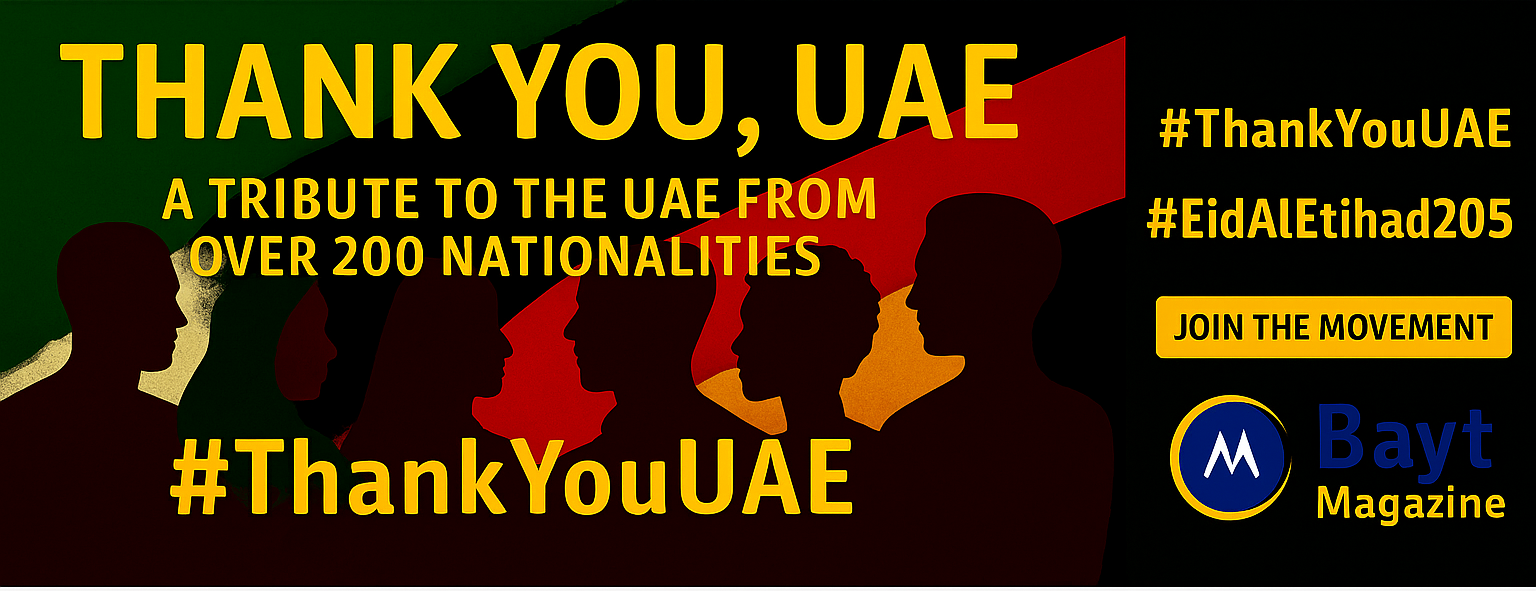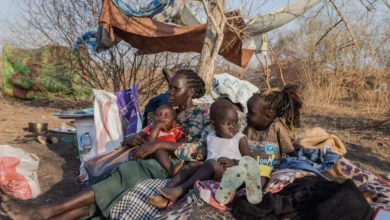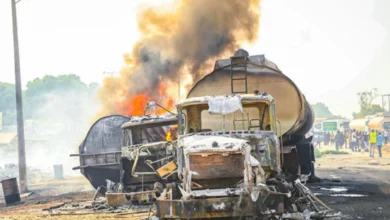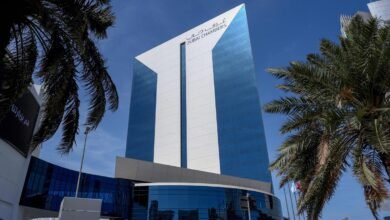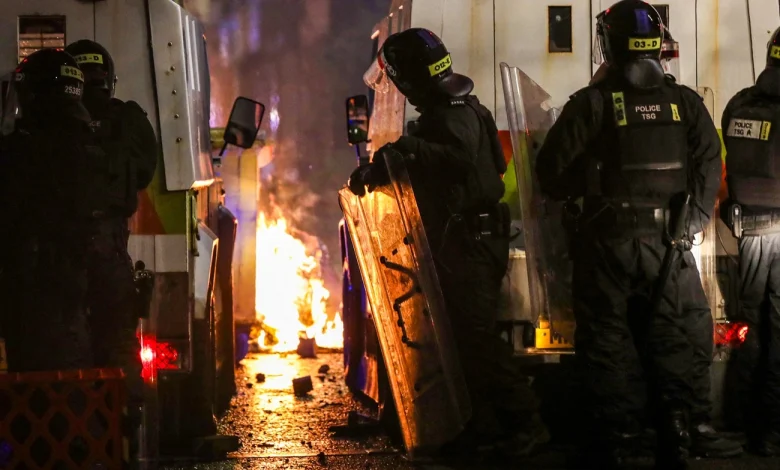
Northern Ireland Towns Erupt in Anti-Immigration Protests, Dozens Arrested
Anti-immigration riots in Northern Ireland have left 40 police officers injured and led to 15 arrests. The unrest began in Ballymena after police arrested two Romanian 14-year-old boys who allegedly sexually assaulted a teenage girl. What started as a peaceful vigil turned into violent confrontations. Hundreds of masked rioters attacked police officers and set buildings and cars on fire in what local authorities called “racist thuggery.”
The violence has spread rapidly to Belfast, Coleraine, Newtownabbey, Carrickfergus, Antrim, and Lisburn. These riots are particularly striking because Northern Ireland has the UK’s lowest ethnic diversity, with minority ethnic groups making up only 3.4% of the population. Recent reports show immigrant families abandoning their homes in fear. The situation reflects growing tensions as the region’s migrant population, specifically those born outside the UK, grew from 6.5% in 2011 to 8.6% in 2021.
Riots Begin After Teen Assault Case in Ballymena
Image Source: Al Jazeera
Tensions exploded in Ballymena on Monday after two 14-year-old boys appeared in court. The teens faced charges of attempted oral rape of a teenage girl and denied these charges through their lawyer, speaking with help from a Romanian interpreter. This incident sparked underlying tensions in the County Antrim town, where about 16% of the 31,000 residents come from outside Britain, Ireland, or Northern Ireland.
Peaceful vigil turns violent
The community initially showed strong support through peaceful demonstrations. Hundreds gathered to march through Ballymena’s town center, walking along Larne Street and Queen Street. The situation changed drastically as darkness fell. A group wearing masks split from the main crowd and started building barricades on Clonavon Terrace. Police officials later revealed that some rioters brought weapons, which pointed to “some degree of pre-planning from those involved.”
How social media disrupts the unrest
Social media platforms became tools that spread the violence. Ballymena’s Legislative Assembly representative, Sian Mulholland, pointed out the “widespread livestreaming on social media of the violence, directing people where to go, how to get around the police barricades.” A Facebook group with over 5,000 followers made things worse by encouraging users to share addresses of potential targets, including alleged “Roma gangmasters.” Chief Constable Jon Boutcher described social media as “almost a platform for these events to intensify,” which created major challenges for police operations.
Police face attacks with bricks and petrol bombs
Night brought increasingly dangerous confrontations. Rioters launched sustained attacks against police officers for several hours, throwing petrol bombs, heavy masonry, bricks, fireworks, and even a hatchet. Police responded by using water cannons, police dogs, and plastic baton rounds to break up the crowds. The three-day disorder in Ballymena left at least 32 officers injured. Rioters damaged six homes, set fire to four properties, and vandalized multiple businesses. Three people escaped from burning buildings, including one heavily pregnant woman.
Violence Spreads to Other Northern Ireland Towns
Image Source: Sky News
The anti-immigration unrest spread beyond Ballymena on the third night of violence. Masked youths carried out attacks in towns and cities throughout Northern Ireland. These isolated incidents quickly turned into chaos that affected several communities at once.
Larne leisure center set on fire
Masked youths launched a devastating attack on Larne Leisure Center, about 30km from Ballymena on Wednesday evening. The facility served as emergency shelter for families who fled the violence in Ballymena before it became a target. The attack forced yoga class participants to escape through broken glass as attackers hurled bricks through windows. One brick crashed through a window during the class and created immediate panic. The building’s staff had to barricade themselves inside. They eventually escaped through the back door as the situation got worse. The attackers broke windows systematically and lit fires in the lobby. This caused extensive smoke damage throughout the building.
Protests erupt in Belfast, Coleraine, and Lisburn
The demonstrations spread to several locations in Northern Ireland. Rioters in Coleraine dragged trash bins onto railway tracks and set them on fire. This severely disrupted the Belfast-Londonderry train line. They threw petrol bombs at officers, attacked a bus, and set a nearby business ablaze. Smaller protests broke out in Lisburn, Newtownabbey, Carrickfergus, and Belfast. Fires erupted at Cloughfern Roundabout in Newtownabbey. North Belfast reported scattered incidents of disorder. The violence reached Portadown on Thursday night where rioters attacked police with petrol bombs, rocks, and fireworks.
Dozens arrested as police deploy water cannons
Police deployed water cannons and plastic baton rounds to control the growing violence. The Police Service of Northern Ireland (PSNI) needed support from other UK forces. Police Scotland agreed to send public order officers trained in handling civil unrest. Authorities requested 80 additional officers from Great Britain to strengthen their response. The unrest left about 40 officers injured, with the number rising to 41 by Thursday. Law enforcement arrested 15 people across Northern Ireland, including six on the third night alone. Police officials called the violence “wanton disgraceful criminal behavior that is absolutely race motivated”.
What Is Driving the Anti-Immigration Sentiment?
Recent anti-immigration violence in Northern Ireland stems from several complex factors that reveal deeper societal tensions beyond the assault case that triggered it.
Economic grievances and housing shortages
The housing crisis stands as the most important source of resentment. Local residents often voice their frustration that “people who are brought up in this area… are not getting the houses that they need.” They believe immigrants receive preferential treatment. The 2008 global financial crisis made these economic anxieties worse. Reduced welfare programs and austerity policies created perfect conditions to blame immigrants. Ireland’s housing commission states the country needs 256,000 homes. Research shows no clear link between areas that experience violence and those with high poverty rates or large immigrant populations.
Rise of far-right narratives and misinformation
Social media platforms have become powerful tools that amplify anti-immigrant feelings. A report highlights “a disturbing pattern of locally driven racist and anti-immigrant activity” that international extremists escalate by spreading fake stories. Facebook groups and online community forums turned into echo chambers where racist ideas went unchallenged. After the Ballymena incident, false claims about immigrants spread faster. This matched what happened after the Southport stabbing in England last year when online lies wrongly labeled a UK-born attacker as a migrant. One researcher describes this digital world as creating “fabricated narratives” where people blame immigrants for crimes without any real evidence.
Historical tensions between unionists and nationalists
Northern Ireland’s long-standing sectarian divisions add another layer of complexity to the current unrest. Protestant unionists typically show more resistance to immigration than Catholic nationalists. Studies reveal only a third of Protestants support immigration while nearly two-thirds of Catholics favor it. The recent riots showed an unexpected development. Observers noted “loyalists and nationalists united in far-right march” and “Catholic and Protestant communities… putting their differences aside”. Someone watching described this as “divided by politics, united by racism”. This transformation shows traditional sectarian divisions taking a back seat to target immigrant communities.
How Leaders and Communities Are Responding
Image Source: Al Jazeera
Anti-immigration violence has spread through Northern Ireland, prompting swift action from authorities and community members. The response shows how deeply divided society has become and what this means for vulnerable immigrant populations.
Police condemn ‘racist thuggery’
The Police Service of Northern Ireland (PSNI) stands firm against the violence. Assistant Chief Constable Ryan Henderson called the unrest “racist thuggery pure and simple” and rejected any attempts to “justify and explain it as something else”. Chief Constable Jon Boutcher believes that “hate-fueled acts and mob rule do nothing but tear at the fabric of our society”. Police reports show 41 officers injured and 14 arrests so far. The Police Federation’s chair Liam Kelly described their work as preventing “a pogrom with consequences too painful to contemplate”. The PSNI asked for help from England and Wales, and Scottish officers should arrive Thursday.
Political leaders issue mixed messages
Northern Ireland’s power-sharing executive released a joint statement that condemned “racially motivated violence” and called for calm. First Minister Michelle O’Neill stated the attacks were “pure racism, there’s no other way to dress it up”. UK Prime Minister Keir Starmer “utterly condemned” the violence during Prime Minister’s Questions. Yet some politicians sent different signals. Traditional Unionist Voice leader Jim Allister claimed “unchecked migration” was “beyond what the town can cope with”. DUP councilor Tyler Hoey condemned the violence but blamed the UK government for allowing “busloads of unvetted people” to settle in Ballymena.
Immigrant families flee or mark homes as ‘British’
Desperate times have forced immigrant communities to take extreme measures. Residents across affected areas have put up signs saying “British household” or “Filipino lives here” next to Union Jack flags to stay safe. A Filipino family said masked men told them “they were not targeting Filipino people”. Many families have left the area, including a Bulgarian-Polish family that’s moving away after 15 years in Northern Ireland. Some people stayed locked in their homes until dawn. Alliance Party’s Sian Mulholland got calls from scared migrant families who couldn’t leave their homes.
Northern Ireland faces its worst outbreak of xenophobic violence in recent memory. Anti-immigration riots keep spreading through multiple towns. The violence started as a reaction to a case in Ballymena and has without doubt turned into widespread unrest. Deep-seated grievances and misinformation drive these incidents. More than 40 police officers have suffered injuries while protecting vulnerable immigrant communities from violent mobs. The authorities can’t contain the chaos.
Social media has become a double-edged sword. It serves as an organizing tool and amplifies hatred. Officials say it creates “a platform for these events to intensify.” False stories spread faster through online forums. Research shows no clear link between violent areas and high poverty rates or large immigrant populations.
The riots show a troubling new pattern. Traditional divisions between unionists and nationalists fade away when it comes to targeting immigrants. People describe this as “divided by politics, united by racism” – a worrying shift in a region still recovering from decades of conflict.
Leaders across Northern Ireland condemn these acts as “racist thuggery,” though political responses vary. First Minister Michelle O’Neill calls the attacks “pure racism.” Some local politicians still hint that “unchecked migration” creates tension in communities.
Immigrant families now face tough choices. Some have left their homes. Others put up signs saying “British household” next to Union Jack flags to stay safe. Bulgarian, Polish, and Filipino residents who’ve lived peacefully here for years hide in their homes or plan to leave for good.
This crisis challenges Northern Ireland’s core identity and values. Communities, political leaders, and law enforcement must tackle why it happens – economic problems, far-right stories, and old tensions. Until then, lasting peace seems far away. Northern Ireland must choose between becoming an inclusive society or one torn apart by fear and hate.


